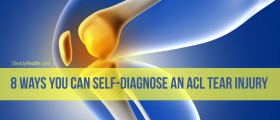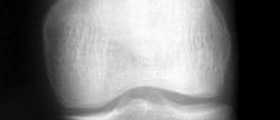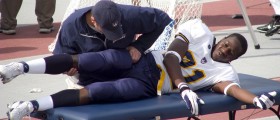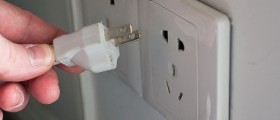
Knee hyperextension is a consequence of excessive pressure applied onto the knee. Due to this pressure the knee pasts its normal straightened position and is bent backwards. This is a mechanism of many knee injuries in people who practice basketball, volleyball or gymnastics. Apart from being a common knee injury in athletes, hypertension of the knee may result from a fall or direct blow.
All the injuries which include knee hyperextension may damage different knee structures such as ligaments and cartilage. Even other structures in charge with knee stability can be affected. If hyperextension is mild one only experiences limited bruising, swelling and the pain while more severe knee hyperextension results in tear of the knee ligaments or even more serious damage.
Symptoms of Hyperextended Knee
Symptoms of knee hyperextension develop at the very moment of the injury. The knee is in an inappropriate position, and the bending exceeds normal range. Apart from this visual sign the person experiences pain which may range in severity. In severe injury the pain is excruciating. The pain is predominantly located at the back and sides of the knee. An additional sign is swelling of the knee and the nearby tissues. The swelling is most intensive a few hours after the injury. All the previously mentioned symptoms and signs significantly interfere in knee's stability. One cannot perform certain movements and in more serious cases a person is unable to walk.
Diagnosis and Treatment for Hyperextended Knee
In some cases setting of the diagnosis may be challenging. However a well-experienced physician will be able to diagnose hyperextended knee thanks to the obvious symptoms and signs. This injury is most likely in case the knee appears deformed, is painful or if the knee gets locked in one position and a person cannot bring it to a straight position.
The goal of the treatment for knee hyperextension is alleviation of the unnatural stress and reduction of pain and swelling. Cold compresses and ice packs are supposed to be applied onto the injured area as soon as possible in order to reduce swelling and partially relieve the pain. Doctors may prescribe anti-inflammatory medications and the knee is sometimes wrapped in a compression bandage.
The knee must not be used for a certain period of time. Injured people should have plenty of rest and if there is need for them to move they may use crutches. The injured knee is supposed to be in elevated position. All the previous conservative treatment modalities are highly effective. Still, in some cases of knee hyperextension the injury to the knee structures is much more serious and it requires surgical repair. Both conservative and surgical treatments are accompanied with specially planned physical therapy. The recovery time after knee hyperextension depends on the severity of the injury.

















Your thoughts on this
Loading...